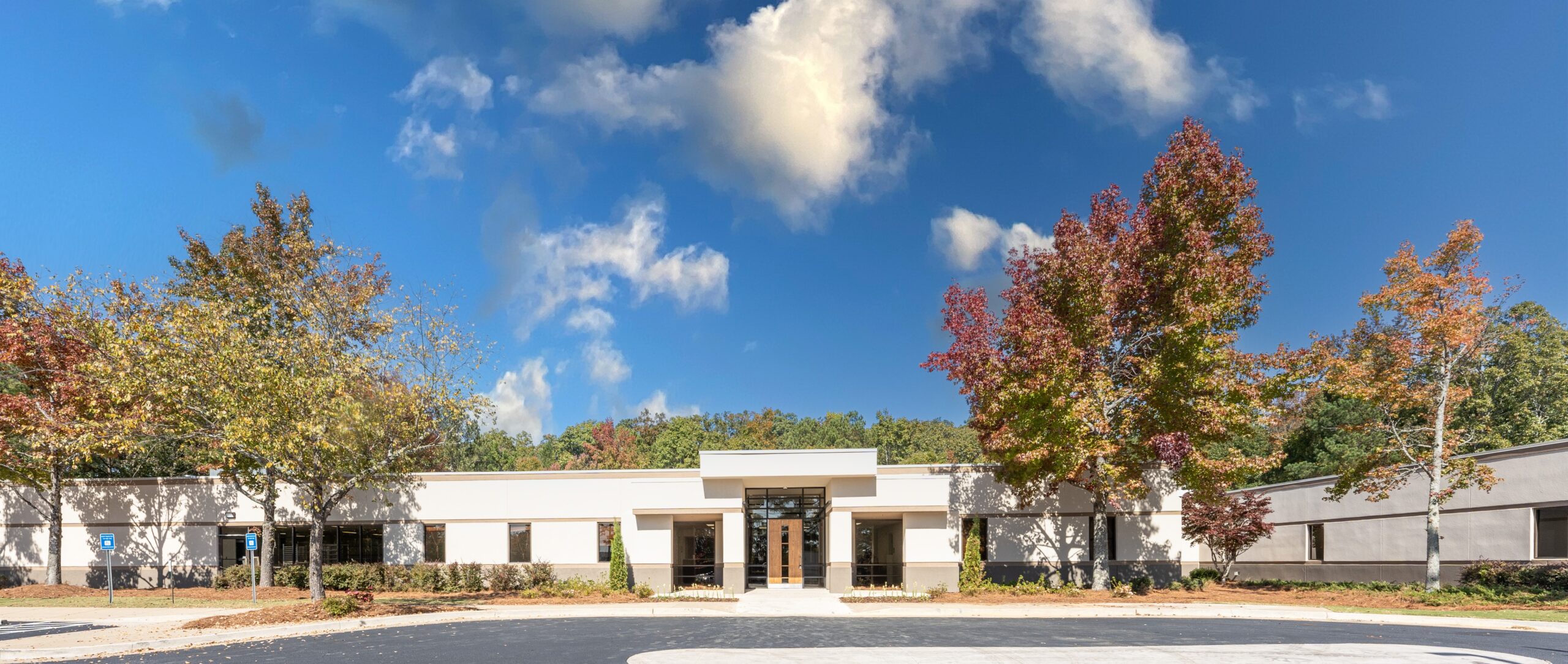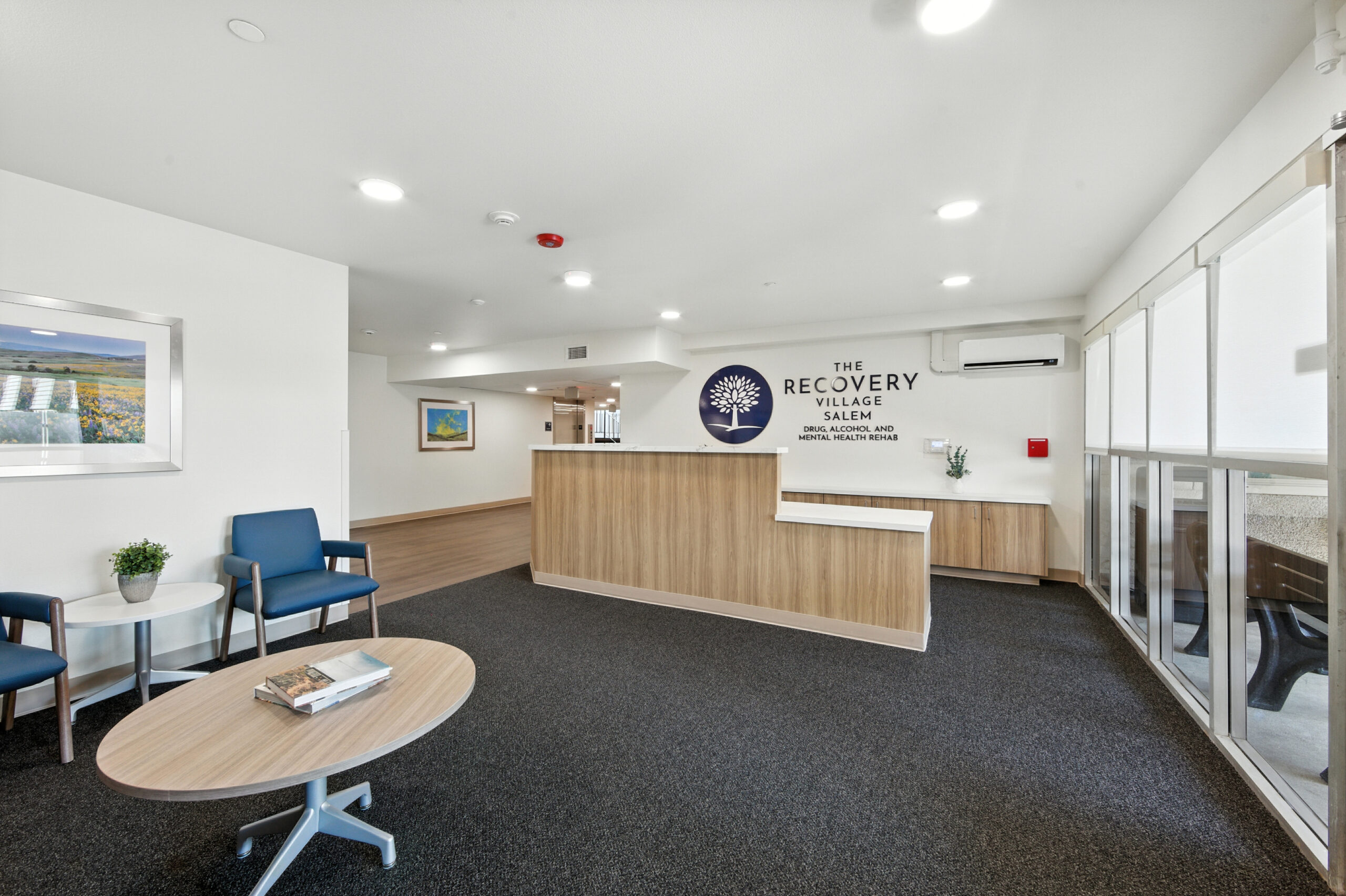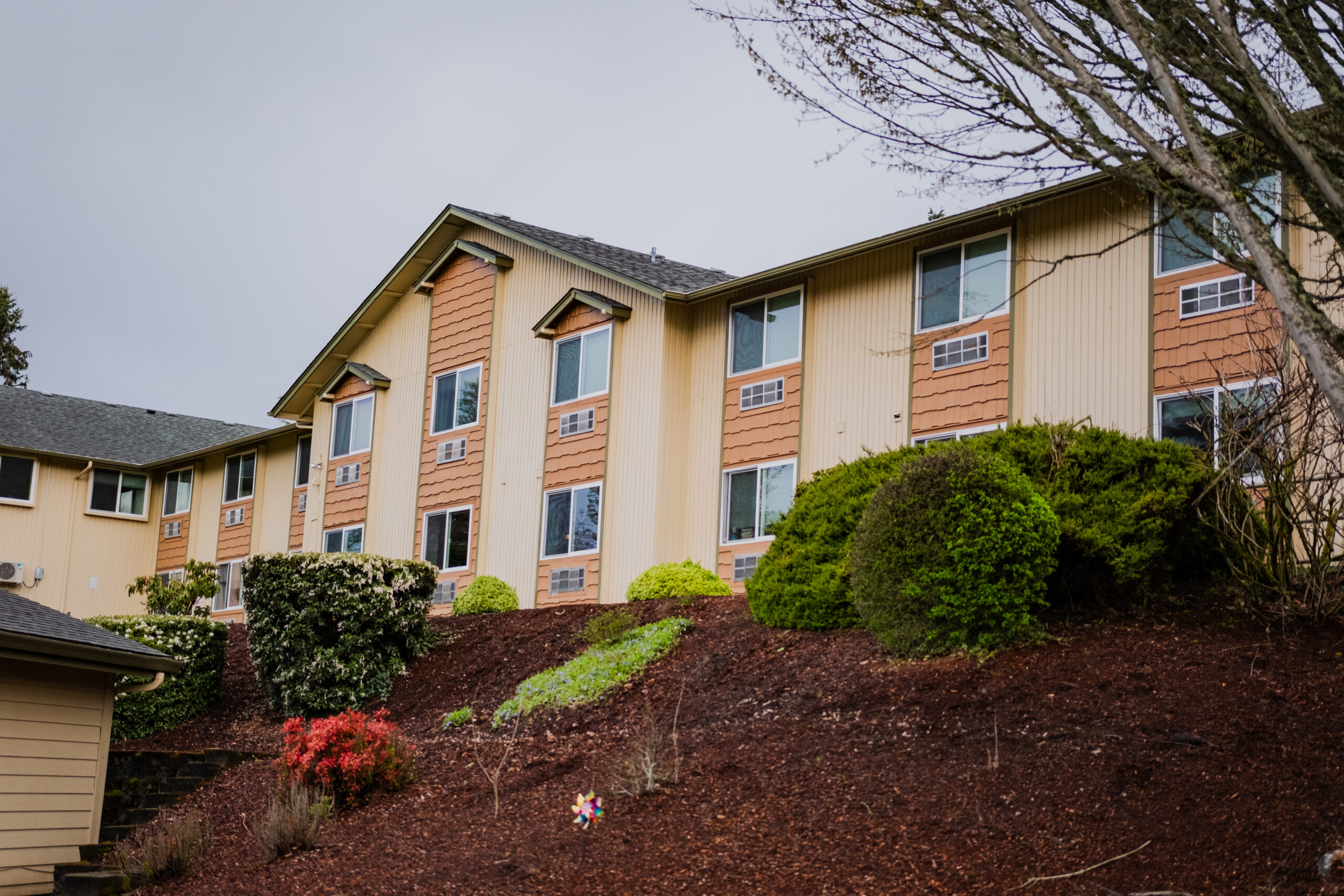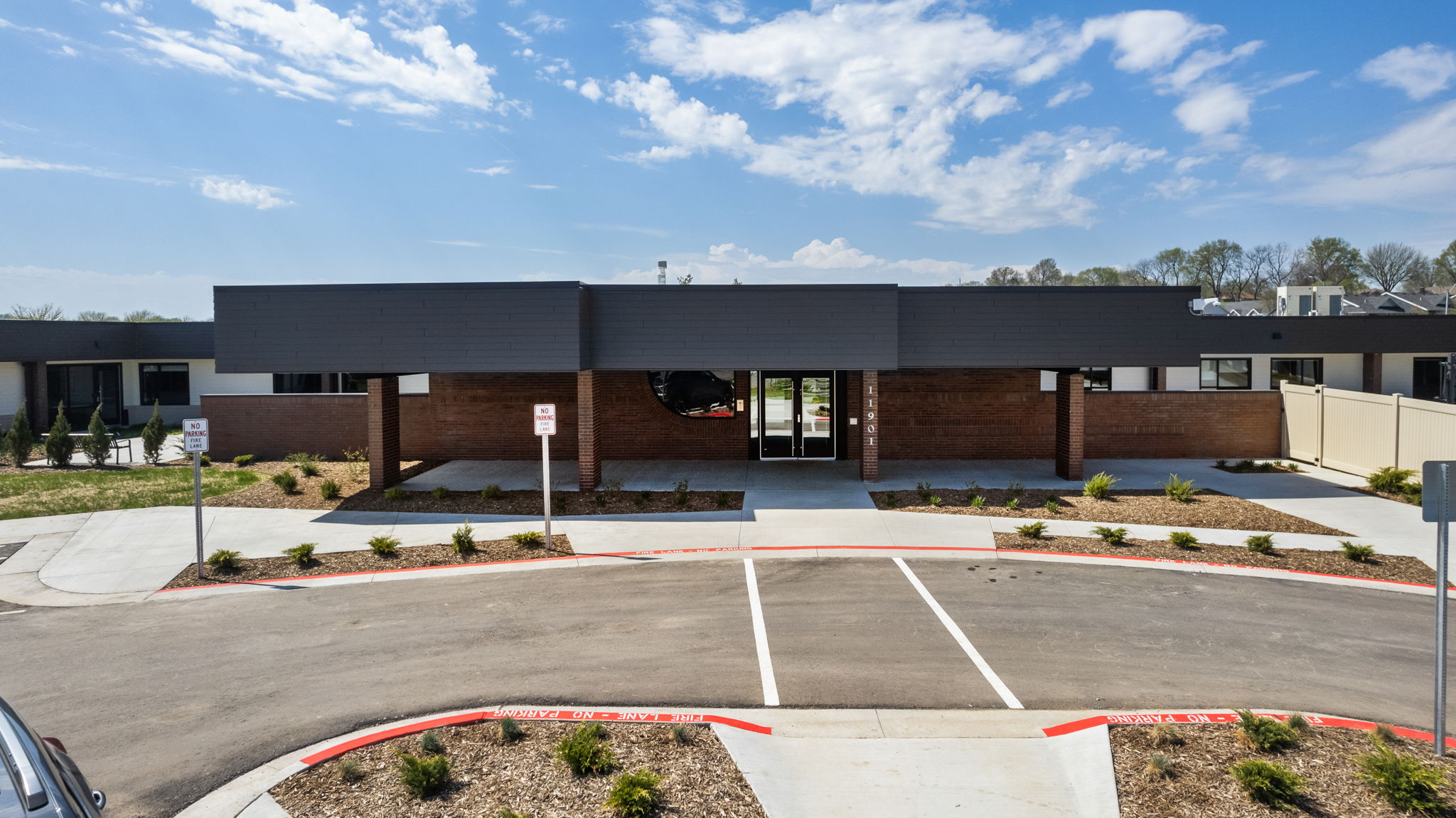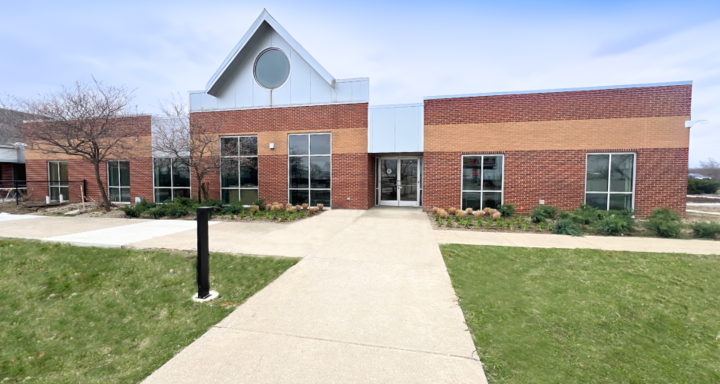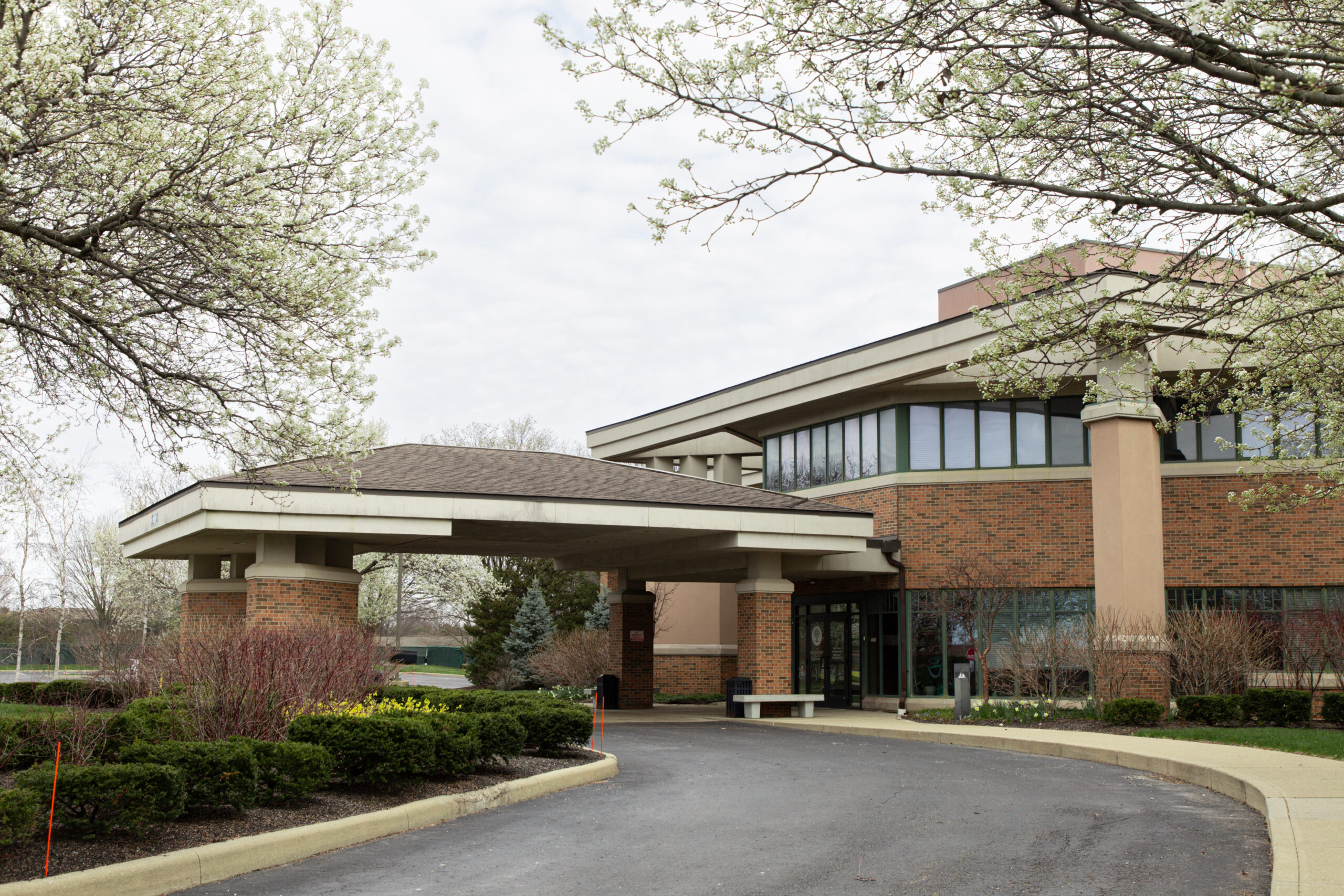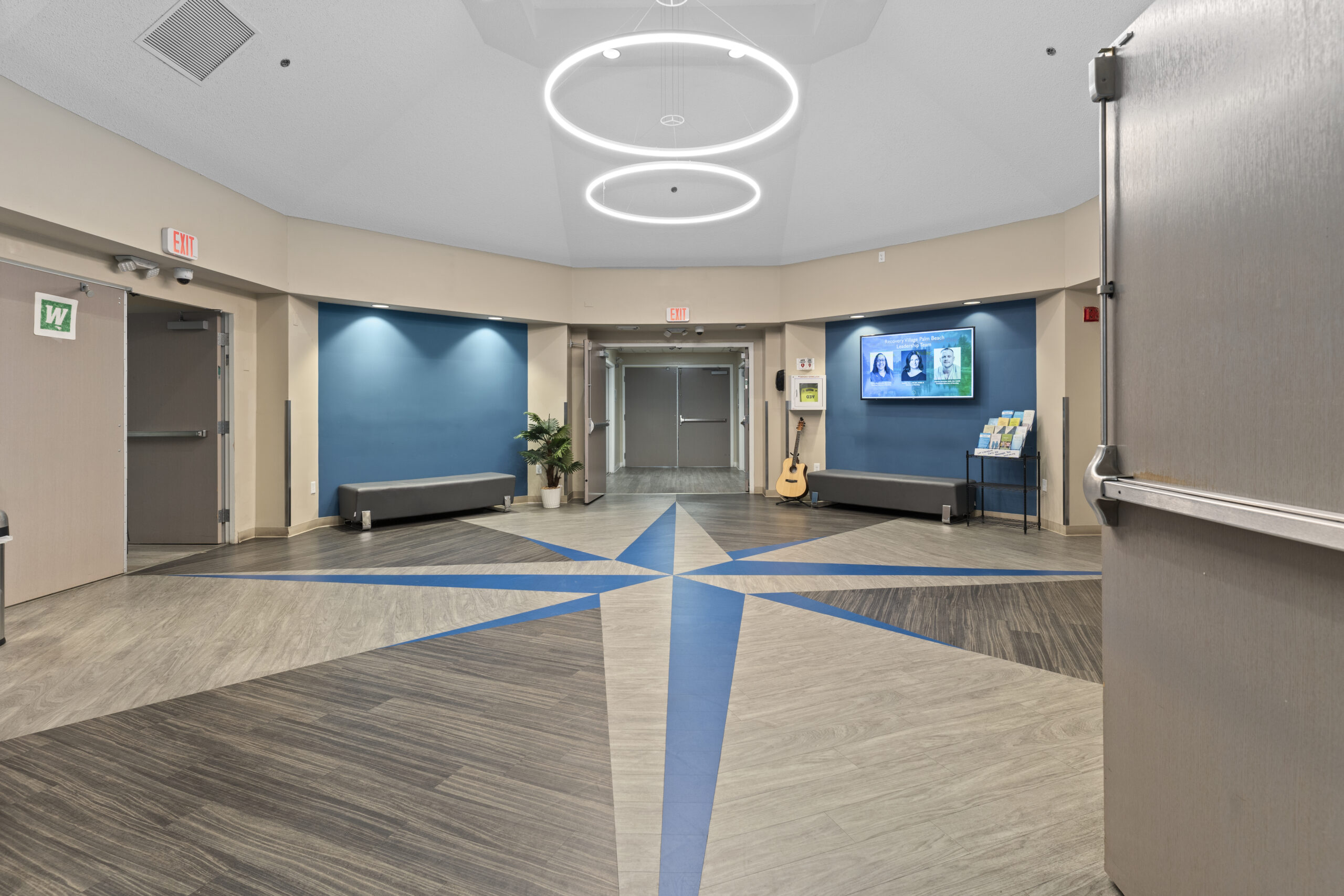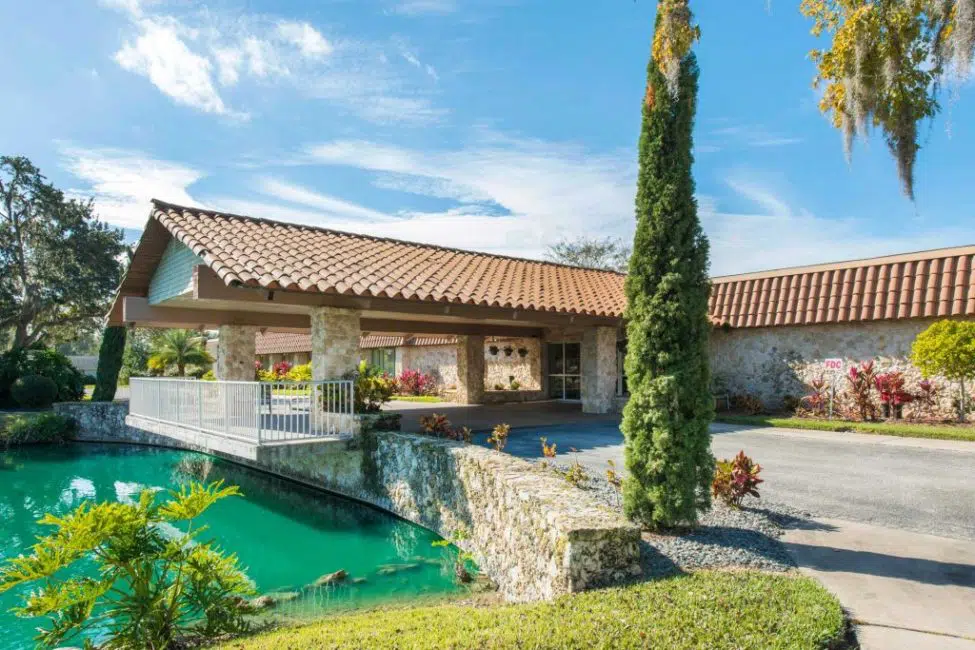As America’s addiction landscape evolves, new federal data reveal an unexpected driver: adults over 26 are increasingly developing marijuana use disorders. According to the Substance Abuse and Mental Health Services Administration’s (SAMHSA) 2024 National Survey on Drug Use and Health, while tobacco use and prescription opioid misuse have declined, cannabis-related problems have surged in older populations — signaling a major shift in national substance use trends.
A New Face of Cannabis Dependence
The 2024 survey found that 50 million Americans met the criteria for a substance use disorder (SUD), including nearly 10 million adults affected by marijuana use disorders. The increase was most pronounced among people aged 26 and older, a demographic once considered at lower risk for problematic cannabis use.
This trend runs counter to decades of data showing the highest marijuana use among teens and young adults. “We’re seeing cannabis use normalize and intensify among adults who might not perceive it as risky,” SAMHSA analysts noted in the report. As more states legalize marijuana for recreational or medical purposes, perceptions of harm have dropped — even as cannabis potency continues to rise. According to the Centers for Disease Control and Prevention (CDC), average THC concentrations in cannabis products have nearly doubled since 2010, increasing the likelihood of dependence and withdrawal symptoms.
Why Older Adults Are Using More
Several factors appear to drive this shift. Legalization has made marijuana more accessible and socially accepted, and some older adults turn to it for pain management, stress relief, or sleep. However, the boundary between therapeutic and problematic use can blur quickly.
“People in their 30s, 40s, and 50s often start using marijuana as a substitute for alcohol or prescription medications, assuming it’s safer,” says Dr. Brian D. Barash, Chief Medical Officer at The Recovery Village. “But higher-potency products and daily use increase the risk of dependence and cognitive impairment. We’re treating more adults now who never thought marijuana could become a problem.”
Cannabis-related emergency room visits among adults have increased nationwide in recent years, reflecting both stronger products and increased frequency of use. Meanwhile, national survey data show that daily or near-daily marijuana use has nearly tripled among adults aged 30–49 since 2015.
When Use Becomes a Disorder
A marijuana use disorder (MUD) occurs when cannabis use begins to interfere with daily life, relationships, or health. Symptoms may include tolerance (needing more to achieve the same effect), withdrawal (such as irritability, sleep problems, or cravings), and failed attempts to cut back.
According to SAMHSA’s latest survey, marijuana use disorder rates among adults 26+ rose more than 30% since 2019, while rates among teens and young adults have plateaued. This shift highlights the need for new prevention and treatment strategies aimed at older demographics — especially those balancing work, family, and chronic health conditions.
The Treatment Gap Persists
Even as cannabis-related problems grow, access to care remains a major obstacle. SAMHSA found that only 19% of people needing substance use treatment actually received it in 2024. Among adults with both a mental illness and a substance use disorder — conditions that often occur together — just one in three received care for both.
This gap echoes findings from The Recovery Village’s nationwide surveys, which show that cost, stigma, and uncertainty about what to expect remain the biggest barriers to getting help. In its 2021 alcohol use survey, 36% of respondents said they would not seek outside help, often citing affordability or fear of judgment. These same barriers apply to marijuana-related care, especially when people don’t recognize cannabis as an addictive substance.
Integrated Care: Addressing Both Mind and Behavior
The co-occurrence of substance use and mental health disorders is another major concern. SAMHSA’s 2024 NSDUH reported that 34.5% of adults with any mental illness also had a co-occurring SUD, yet most were treated for only one condition. The Recovery Village emphasizes that successful recovery requires addressing both simultaneously.
“At our facilities, we approach marijuana addiction just like any other substance use disorder — through evidence-based therapy, medical support, and dual-diagnosis treatment,” says Dr. Barash. “By treating the anxiety, depression, or trauma that often underlies cannabis misuse, we give people the tools to sustain long-term recovery.”
Integrated programs at The Recovery Village include medical detox, inpatient and outpatient rehabilitation, and aftercare planning tailored to individuals’ physical and psychological needs. This “continuum of care” model — supported by national treatment guidelines — significantly improves completion rates and reduces relapse risk.
Redefining Recovery for a Changing Landscape
As marijuana continues to evolve from an illicit drug to a mainstream product, healthcare professionals are rethinking prevention and treatment strategies. Public education must keep pace with shifting perceptions of safety, and providers must be equipped to identify and address cannabis-related disorders in adults who may not fit traditional addiction profiles.
The latest data underscore a clear takeaway: legalization and normalization don’t eliminate risk. For millions of adults now turning to marijuana for stress, sleep, or pain, dependence can develop quietly and gradually — and effective, compassionate care remains critical.
Interview an Expert
Do you need a subject matter expert to interview on this topic? Dr. Brian D. Barash, Chief Medical Officer at The Recovery Village, is available. Call us at 407-304-9824 to schedule an interview or get more information.




